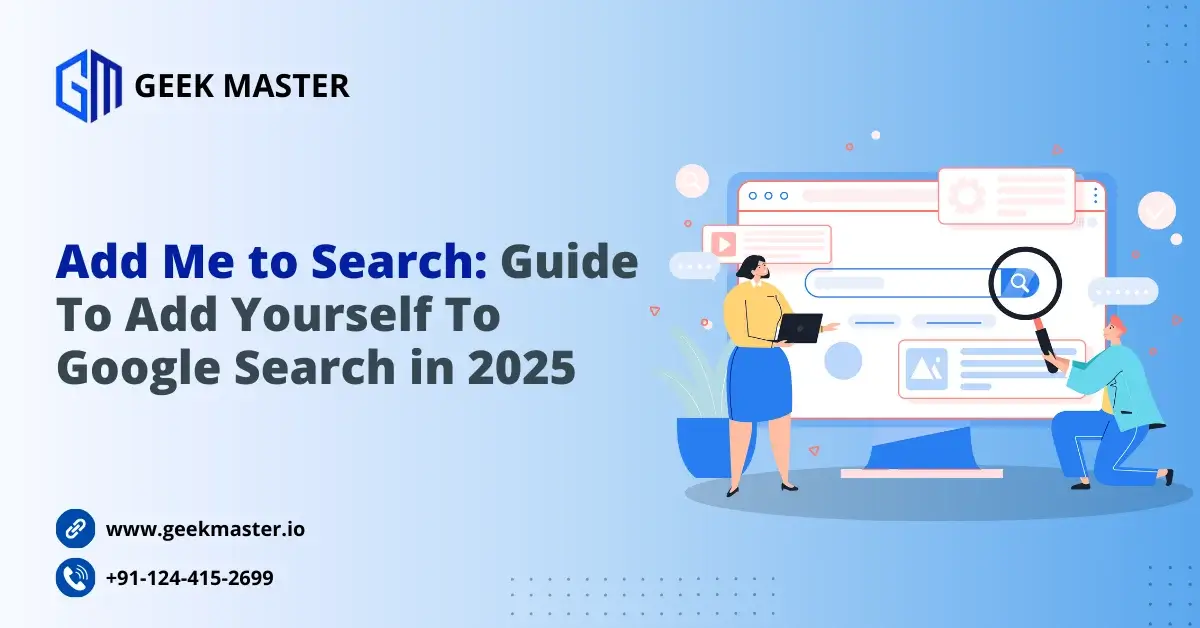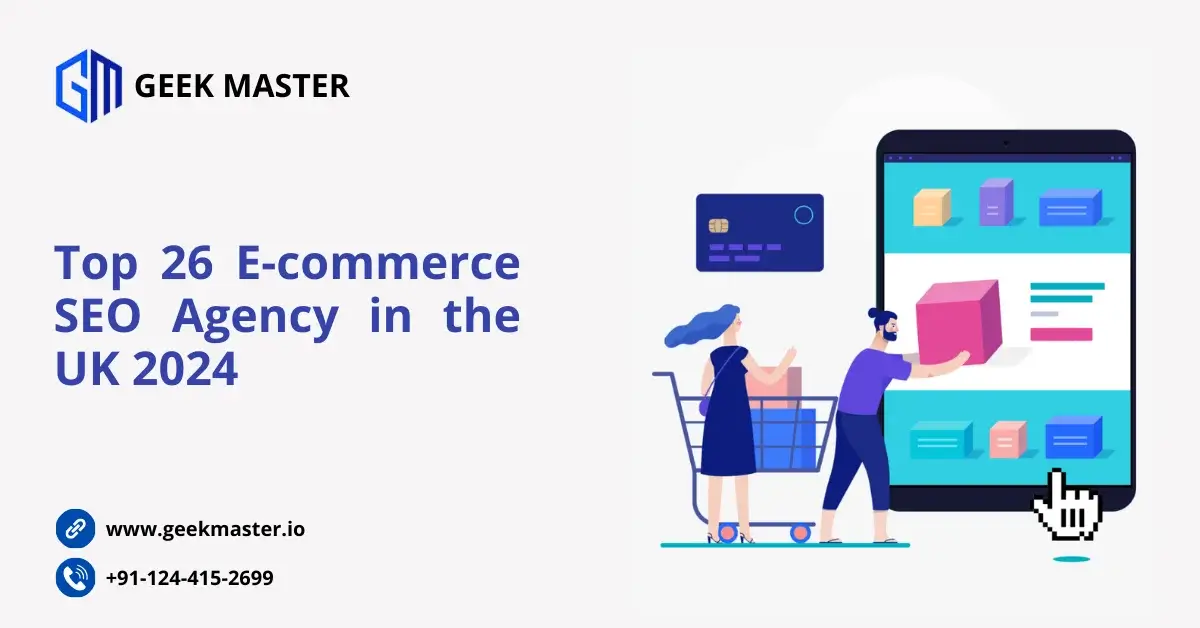Are you a healthcare brand looking for the right marketing strategy to stand out in the industry? If so, you are in the right place. Here first you need to know what is happening in the market and how tough your competition is. Next, you will get to know smart ways to beat this competition in this guide. So, let's get started.
Did you know that Google gets about 1 billion healthcare-related searches every day? This shows how important the digital world is to the healthcare sector. That's why it's important for you to have a strong online presence to attract your target audience.
With increasing competition, every company wants more traffic to their website and convert visitors into patients. This intense competition means patients are getting lots of content from all directions.
So, how can you make sure your healthcare brand grabs their attention and stands out?
The answer lies in using inbound marketing for healthcare brands. By implementing the strategy of this marketing, you will not only attract more patients, but you can also boost your chances of converting website visitors into loyal patients.
In this blog, we'll dive into what inbound marketing for healthcare is, its strategy and how it can help you increase conversions on the web.
What is Inbound Marketing for Healthcare?
Inbound marketing for healthcare helps your healthcare brand attract patients by sharing useful content and experience that resonates with your audience. This gives priority to potential customers who find you by searching for their interests or problems rather than placing your ads in front of them.
This approach involves creating blog posts, videos, and free resources that answer common questions patients may have.
For example, you may provide pain assessment forms or educational videos explaining medical procedures. The goal is to help potential patients find the information they need and to make them feel more comfortable choosing your healthcare services.
It also includes sharing this content on professional platforms such as LinkedIn to connect with other healthcare professionals and reach potential and current patients in a more personal way.
Importance of Inbound Marketing for Healthcare
Inbound marketing is really crucial for healthcare because it helps you connect with people who may need your services. By implementing inbound marketing for healthcare practices, you can make your website more visible to potential patents, which means more people will be able to find you online when they need help.
Inbound marketing for healthcare helps you provide useful information to your patients and engage with them in a meaningful way that improves your patient experience. It helps build trust because people can see that you know what they are talking about and care about their needs.
And the most amazing thing is Inbound marketing for healthcare helps you use your marketing resources wisely.
How?
By targeting the right audience with specific information, you can make sure your messages reach the people most likely to become sick, which make your efforts more effective. In this way you can attract more patients and keep them happy by meeting their needs and building strong relationships with them.
Here I have mentioned some data through which it will be easier for you to understand the importance of inbound marketing for healthcare.
And you will understand why every healthcare brand wants a strong online presence through valuable content at any cost:
- Did you know that every minute 70,000 healthcare-related Google searches are performed? That's about 7% of all Google searches. This means that more and more people are choosing their doctors and healthcare services based on what they find online.
- In fact, about 77% of people start their healthcare journey by researching online. This makes search engines one of the most important tools for finding healthcare information and interacting with patients.
- There are 5.17 billion social media users and WEGOhealth survey shows that most social media users use at least one platform, such as Facebook or Twitter, to obtain health-related information or make decisions about their health.
- Facebook and Twitter are popular for news and updates, while YouTube, Facebook and Instagram are often used for informal or easy-to-understand information. The survey also showed that 97% of people use Facebook, 95% use YouTube, 90% use Instagram, 79% use Twitter to connect with others with similar health issues or to learn about new health products and services.
- Nearly 90% of Americans use social media to obtain health information.
The above statistics display clearly that you must have a strong and trustworthy online presence to win the market. This means you need to focus on driving traffic to your websites or social media channels and building lasting relationships with your audience.
It is now very clear that to build trust and convert potential patients into loyal customers, You must have a good healthcare inbound marketing strategy. This strategy should rely on collecting and managing data effectively and creating useful content that can resonate with your audience.
Now you may be facing a problem: How can you create a successful inbound marketing strategy?
Don't worry, here is a great strategy of inbound marketing for healthcare manufacturers to attract potential patients.
Inbound Marketing Strategies for the Healthcare Providers
Create Fresh & Engaging Content
Content creation is the heart of inbound marketing for healthcare. It is all about creating valuable content that helps your target audience solve their problems without any pressure. Here you provide advice or useful information that your audience actually wanted.
That is why it's important to understand what your patients are really asking for, to create effective content. You can create useful content such as blog posts, online reviews, infographics, videos, and more using the information you get from the research you do.
If you focus on the right topics, you can attract the right people and create content that is both interesting and useful.
Blogging
By writing blog posts you can bring a lot of people to your website and help establish your brand as an expert. When you answer common health questions in your blogs, you demonstrate your expertise and build trust with patients over time.
In a world where it is difficult to find reliable medical information online, healthcare blogs can fill this gap. You can write about niche topics, or ones that aren't covered often, and you can quickly position your brand as a market leader. This helps you and your patients find information, when you both need it.
Educational Resources
In this digital world, you can strengthen your commitment to patients if you will be able to provide clear, engaging and useful educational content.
Because people are constantly searching online to educate themselves about their health choices. So, by providing these resources, you can meet this growing demand and help your patients make informed decisions.
Having a strong patient education strategy could be a big plus in healthcare marketing.
Visual Content
Visual content such as videos and images can make your healthcare services more relevant and trustworthy. You can make your patients feel more comfortable choosing your services with videos showcasing your practices, facilities, and employees.
Educational videos and infographics also make complex medical information easier to explain and help patients better understand their options.
If you're going to add images and videos to your health related content, it not only makes it more visually appealing, but it will also be easier to understand . This helps stimulate interaction and engagement with your audience.
Search Engine Optimization (SEO) for Healthcare
In inbound marketing for healthcare, SEO is one of the most important tactics. It helps you appear at the top of search engine results when people search for healthcare services.
This is done by using the correct keywords and phrases that people are likely to type into a search engine. That is why having the right health care-related keywords in your content is important to make your website easy to find.
A well-designed healthcare website that works seamlessly on all devices improves user experience(UX). This can also boost your website's ranking on search engines.
SEO also helps in Backlinkings, which are links from other reputable websites to your site, showing search engines that your site is trustworthy. These quality links can improve the visibility of your healthcare website.
Keyword Research
Keywords play a very important role to make your healthcare business stand out online. If you do your research and use the right keywords, you can boost your online presence on search engines. Here are some common tools that can help with keyword research:
These tools can help you find the best keywords, analyse what your competitors are doing, and improve your SEO strategy. It's important to check and update your keywords regularly to stay on top of the latest medical trends, include conversational phrases for voice searches, and group similar keywords together to make your site easier to navigate.
On-page Optimization
On-page optimization focuses on optimising specific parts of your website pages to make them easier for users and search engines to understand. This includes things like title tags, meta descriptions, and headers (H1, H2, and H3).
For example, placing your keywords in the title tag and H1 tag, and using secondary keywords in other titles, helps search engines know what your content is about. This improves your SEO.
If you optimise important pages, such as the home page and service pages, by including keywords naturally, you can ensure that these key parts of your site show up in search engine results.
Link Building
Link building is another powerful strategy in SEO of inbound marketing for healthcare. It helps improve your website's authority and visibility. Here are some strategies you can use:
Guest Blogging: Writing blog posts for other websites in the healthcare industry and including a link back to your site can help boost your domain authority and online presence.
Backlinks from Authoritative Sites: Obtaining links from well-known healthcare sites can improve your website's authority and search engine rankings.
Address unlinked mentions: If someone mentions your brand but doesn't link to your website, you can reach out to them and ask them to add a link. This can boost your credibility and improve your SEO.
Since SEO is not a one-time task and requires a lot of effort, time and budget, it goes beyond a person's job. Here you can seek help from an SEO agency to help you in this case.
Pay-per-click (PPC) Advertising
But if you want quick results, you can use PPC advertising in inbound marketing for healthcare. PPC ads can start attracting visitors immediately. This helps you get quick visibility in the search engine.
PPC advertising is a way to attract more visitors to your website quickly by paying for your ads that appear at the top of search engine results. Unlike regular search results, which appear based on how well a website matches an user's search, PPC ads appear because someone paid for them.
Here you need to choose specific keywords or search terms that you want your ads to appear for. If you're willing to pay more for these keywords, your ads will appear higher in search results. This may be useful to you because people who see the ads are already searching for the treatments or information the ads cover, making them more likely to click on the ads and visit the website.
However, healthcare is a competitive field, so getting those top advertising spots can be difficult. Because healthcare deals with sensitive information, you can't use certain techniques, such as showing ads to the same person repeatedly. Here you can take help from any digital marketing agency to help you attract more audience to your website and brand.
Use Social Media Marketing
Social media could be a great way for you to build trust with potential and promote your brand. You can share your values, approach to care for the audience to connect with them in a morte personal way.
Building Trust Patients
When you have a strong social media presence, you can reach new patients, answer their questions, and share helpful content. Platforms like Facebook and Instagram are particularly good for this. It helps you stay in touch with patients and maintain a strong online presence.
Choose the Right Platforms
It is important to choose the right social media platforms for inbound marketing for healthcare practices. As you can see in the image above, the United States is the second most active country on Facebook. This is a great platform for you to promote your brand. Even Facebook ranks first among all platforms with more than 3.065 billion monthly active users. It is a powerful platform where you can engage with your potential patients. In fact, 57% of people say social media influences their choice of healthcare provider. So, being active on these platforms can make a big difference.
Using Influencer Marketing
As you read about the influence of social media, let me tell you together about the influence of influencers on healthcare brands. Today healthcare influencer marketing could be another powerful tool for you.
According to Digital Marketing Institute, every dollar spent on influencer marketing can return an average of $5.78. For healthcare companies, this is a cost-effective way to communicate with patients. So, you can host events with influencers, collaborations with them can help you position yourself as leaders in the industry.
In fact, 4 out of 5 people who follow a health influencer have purchased a product recommended by the influencer. While this typically applies to over-the-counter products and not prescription medications, influencer marketing is still a smart way to attract new patients when done right.
Create Engaging Content
Now that you know almost everything about using which platform, you can gain the confidence of your patients and which platform is best for you. But just knowing this is not enough because all marketing depends on your content as content is the only king in the marketing.
So, always try to post interesting content on social media to connect with your followers, encourage sharing of your posts and engage people with shareable visuals and easy-to-find sharing buttons.
You can also share inspiring stories, such as patient successful treatments stories or employee accomplishments. Behind-the-scenes content, combined with real patient testimonials, can make them feel more connected to you.
Building and Nurturing Online Communities
You can create online communities that can enhance your brand reputation. And when you share content that provides helpful resources and supports the community, you can reach a wider audience. This not only enhances your reputation, but also puts you in front of more potential patients.
By interacting with patients on social media, you can make them feel more valued. You can also use social listening to understand what people think about your services and build patient loyalty.
Stay in Touch with Email Marketing
You can use email marketing in inbound marketing for healthcare, to stay in touch with your patients and attract new ones. If done right, email marketing can help you build stronger relationships with patients and keep them coming back to you for their healthcare needs.
Here are some important things to focus on when you create an effective healthcare email marketing strategy:
Make It Easy to Read on Phones
Nearly 1.7 billion users check their emails on their phones, so it's important to create emails that are easy to read on smaller screens. This means you should use big fonts, short sentences, and clear images that load quickly.
Make Catchy Headlines
The subject line of your email should be interesting enough that people want to open it. Think of it like a catchy headline on a news story, it should immediately grab your patients' attention!
Patient-Focused Messages & Strong Calls-to-Action
Make sure the content of your emails is appropriate for your patients. Share useful information with them, such as tips on staying healthy, updates on the services you provide, or reminders about appointments.
And encourage patients to take action, such as making an appointment, signing up for a newsletter, or downloading a health guide. It will make it easy for them to understand what to do next.
Personalise Your Emails
Personalising your emails makes it feel more personal and relevant to each patient. For example, you can send them birthday wishes, reminders for regular checkups, or advice specific to their health needs. This can lead to better patient satisfaction and help them adhere to their treatment plans.
Use Automation Tools
Automation tools can help send emails in a timely manner without having to do it manually. This way, you can focus more on patient care while emails are sent automatically. Tools like customer relationship management (CRM) platforms also help collect important patient information, such as age or health status, to make your emails more personalised.
Measure Your Success
To know if your email marketing is working, you can look at different metrics such as:
Open rates: How many people open your emails?
Click-through rates: Are people clicking on the links in your emails?
Bounce rates: Are some emails not being delivered?
Unsubscribe rates: How many people opt out of receiving your emails?
These numbers can help you understand what works and what doesn't, so you can make improvements in the future.
By following these healthcare inbound marketing strategies, you can keep your patients informed, engaged, and satisfied. Which will definitely help you lead the market.
Since customers are the only king of the market, they can either make or break you.
A word of caution: Digital marketing is evolving so fast that it's beyond one person's job. So, if you want to try these strategies, make sure you partner with a digital marketing agency like Geek Master that uses a team-based approach.





